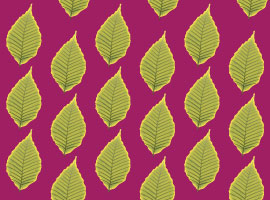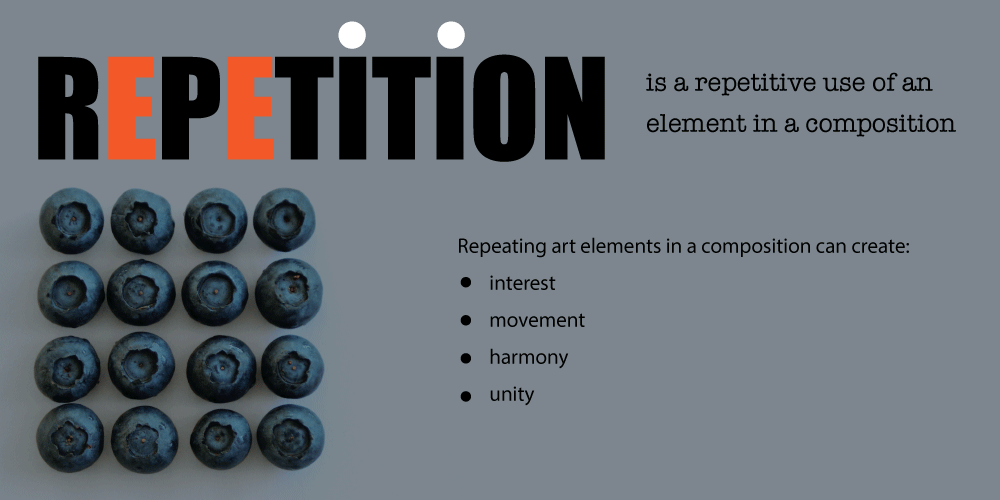Lesson: Patterns Design


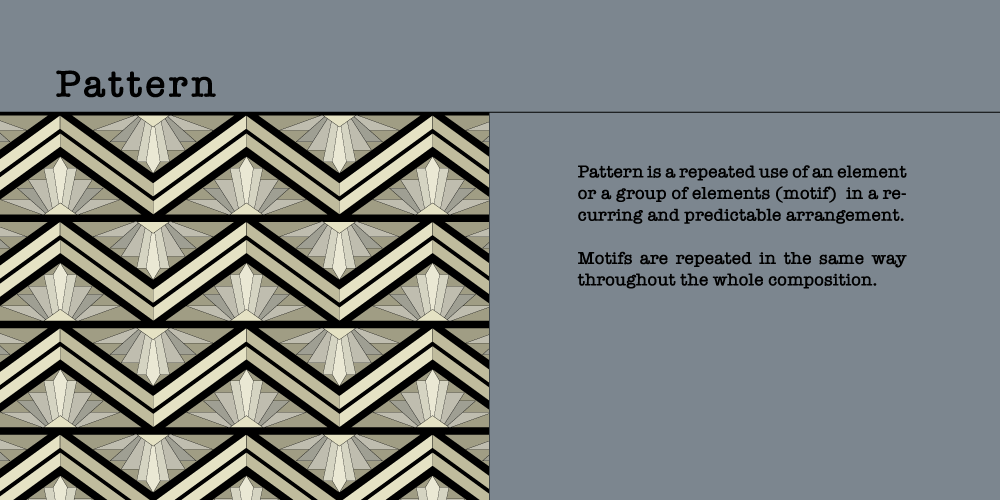
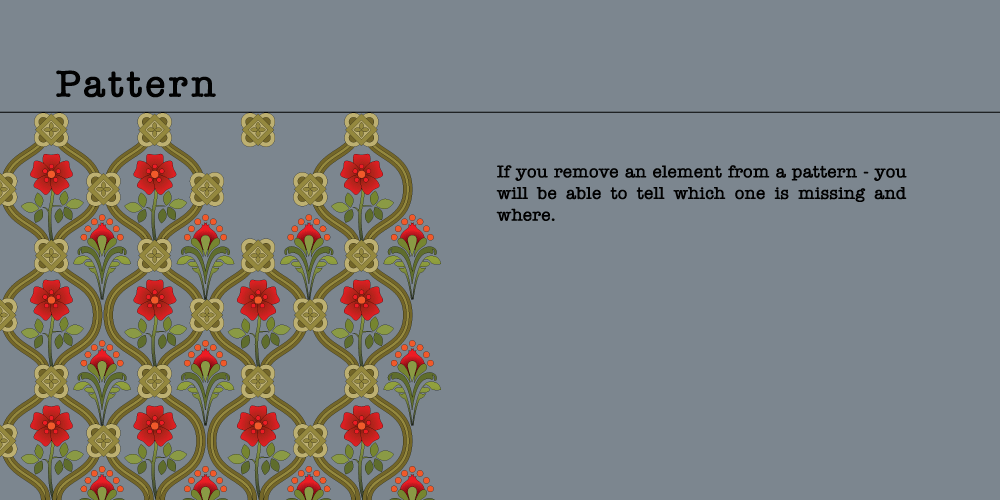
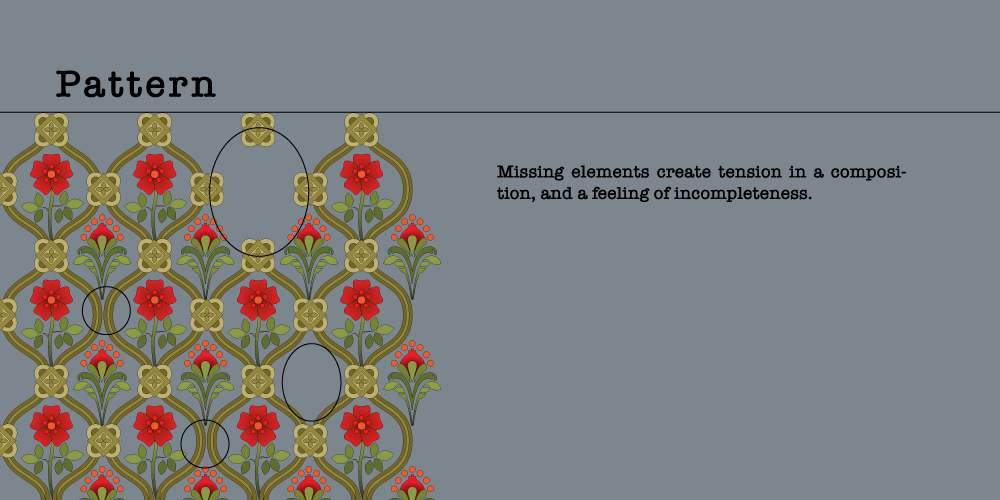

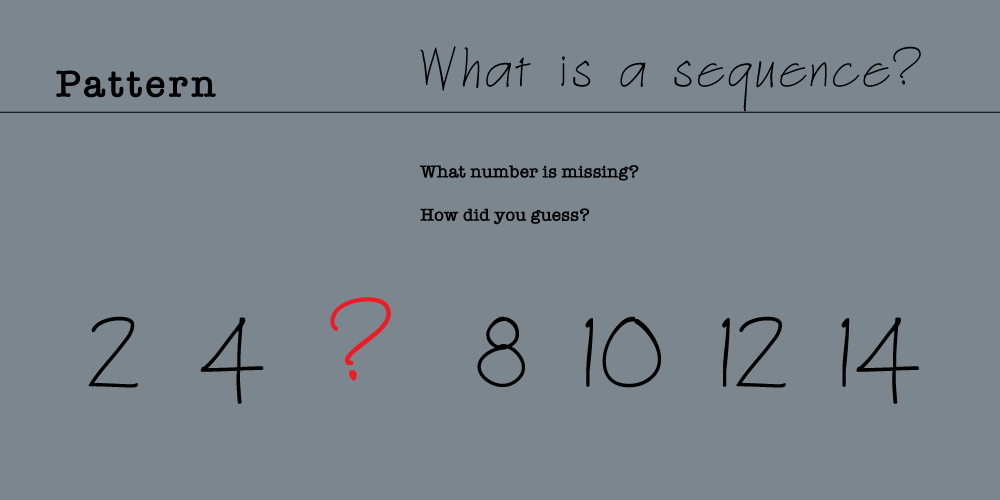
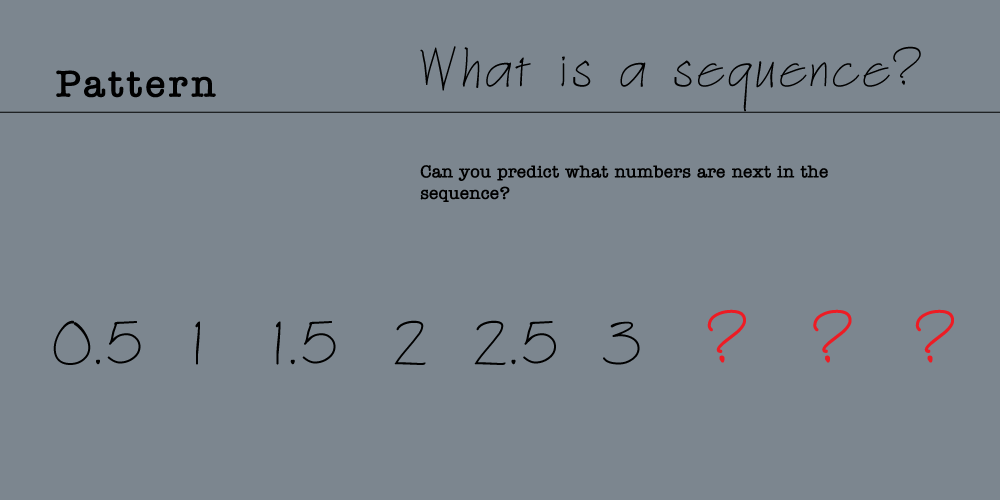
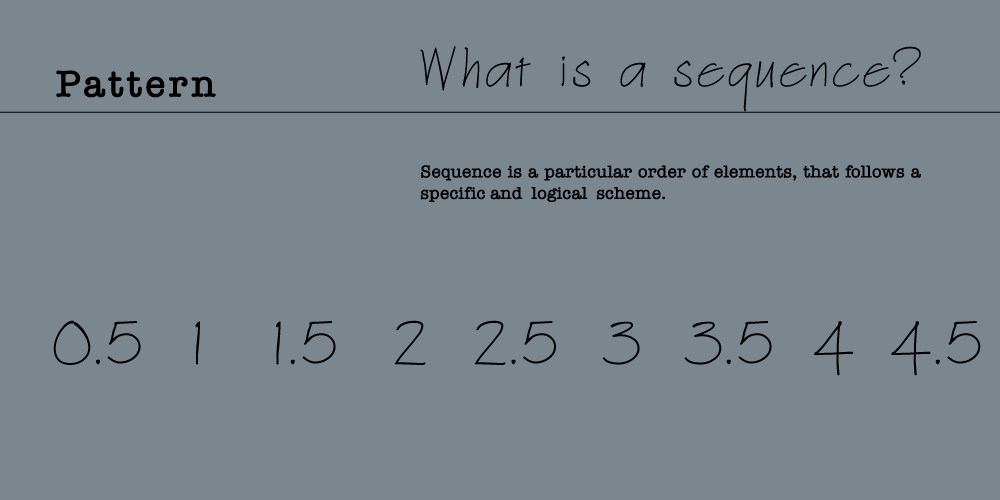

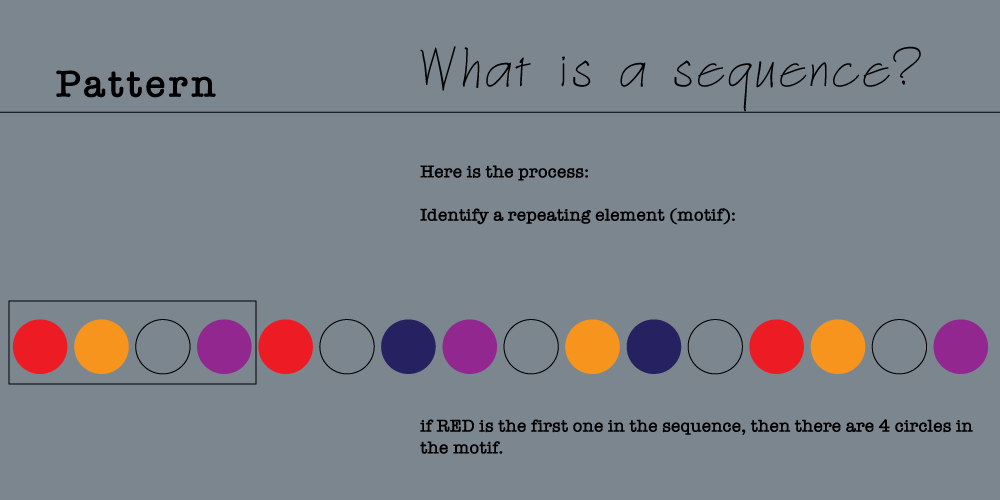


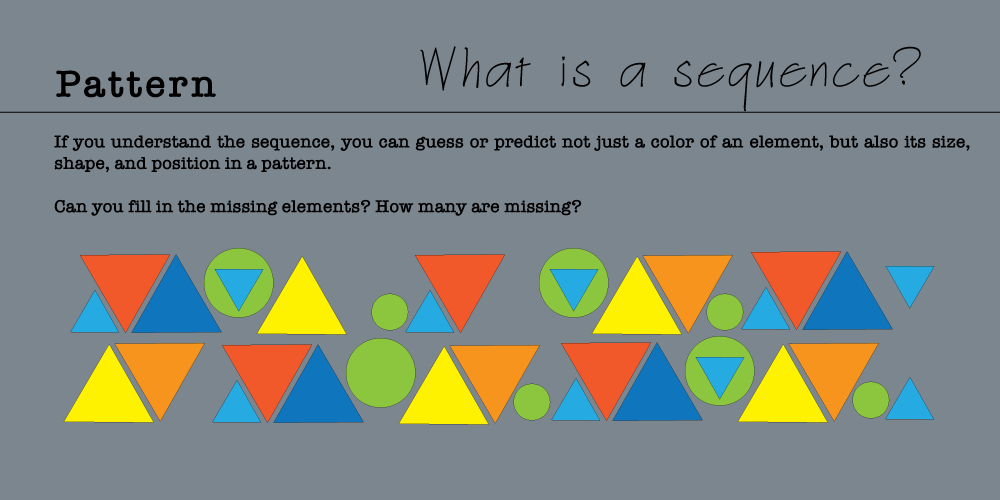


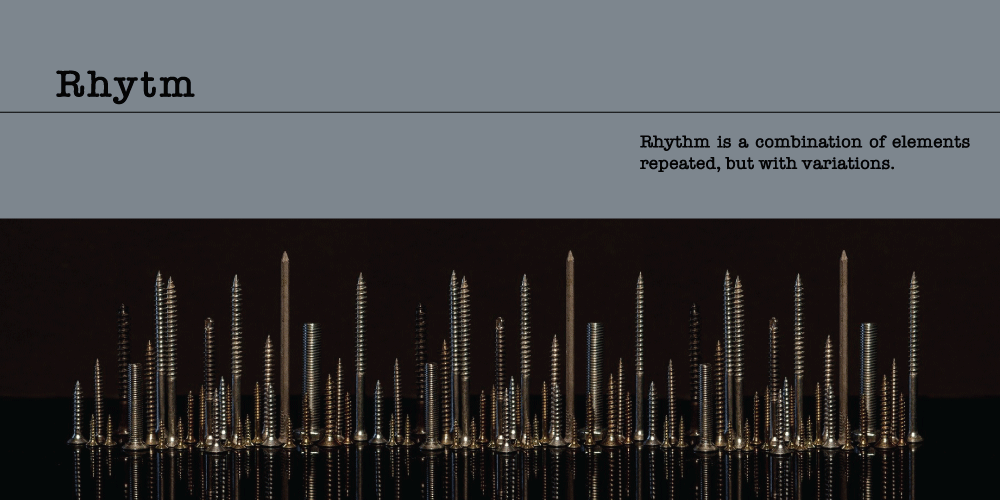

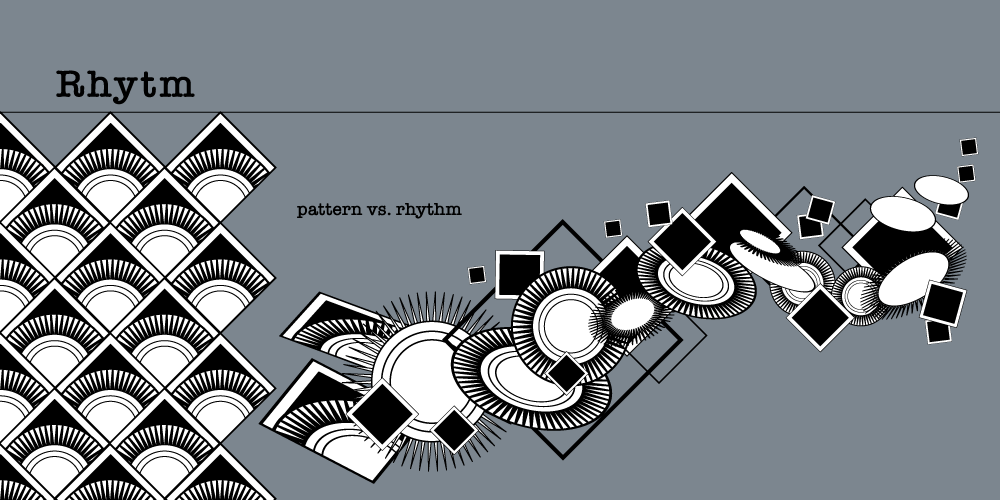
Organic patterns: Shapes and curves are found in nature repeated to create an "area".
Geometric pattern: Repeating lines, Shapes and angles as found in human world.
Radial pattern: Repeating elements that all share the same center.
Repetition : is a repetitive use of elements of art in a composition.
Pattern: is a repeated use if the same element to create an overall design pattern. It is widely use in Architecture, decorative arts, textiles, graphic arts. Plus it can also be use in painting and drawings.
PATTERNS
What is a pattern?
What number is missing? What was your thinking process?

Can you predict what numbers are next in the sequence?

The sequence concept can be applied to something as abstract as color.
If you know the correct order of the elements, you can guess what's missing:

Can you predict what color is next in a sequence?
Here is the process:
1. identify a repeating element. (if RED is the first in the sequence, then sequence element is 4 circles)

2. Now you can break all circles into groups of 4 and compare the elements:

If you understand the sequence, you can guess or predict not just a color of an element, but also its size, shape, and position in a pattern.
Can you fill in the missing elements? How many are missing? Work in your group to figure it out.

Can you predict the next band crossing in this weaving pattern?
Which band goes on the top and which band goes under?

A key to figuring out the pattern puzzle is to "see" its repeating element (unit) and the logic behind the sequence.

Types of patterns
random

planned
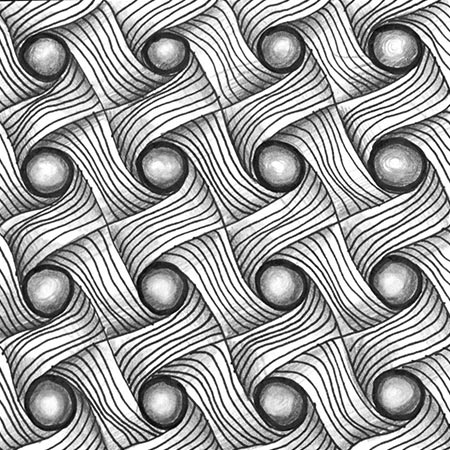
planned patterns can be:
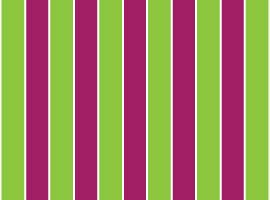
ROW (linear)
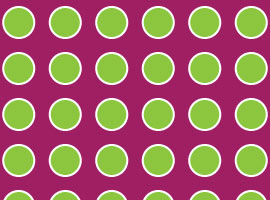
GRID
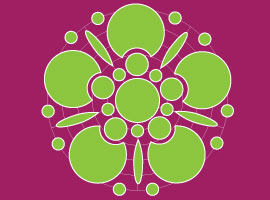
CENTER / RADIAL
examples
linear


grid
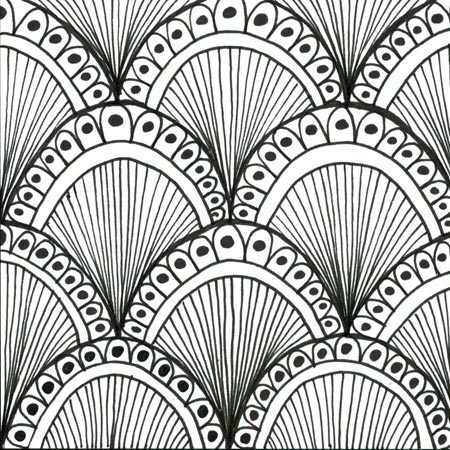
radial

grid patterns can be:
basic
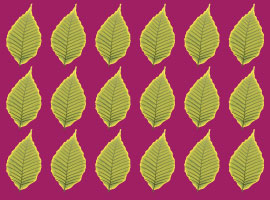
alternating

half drop
